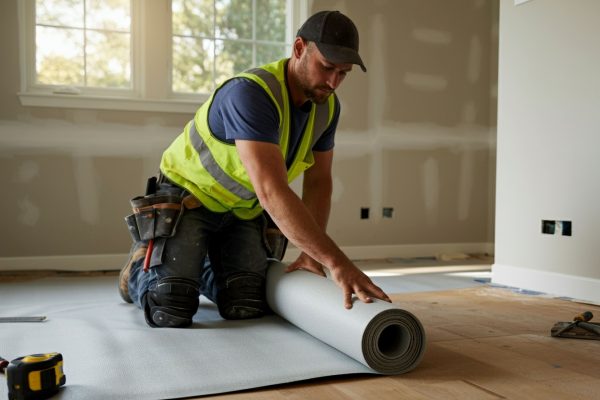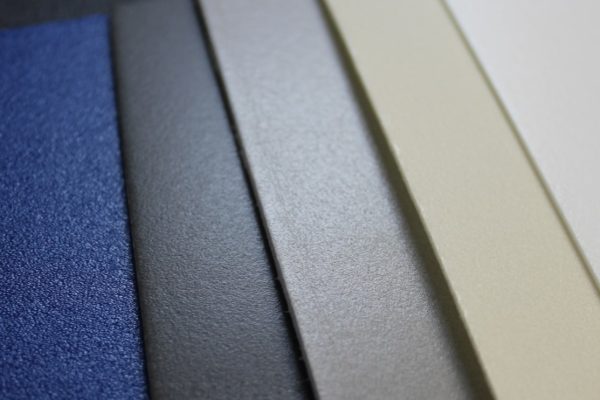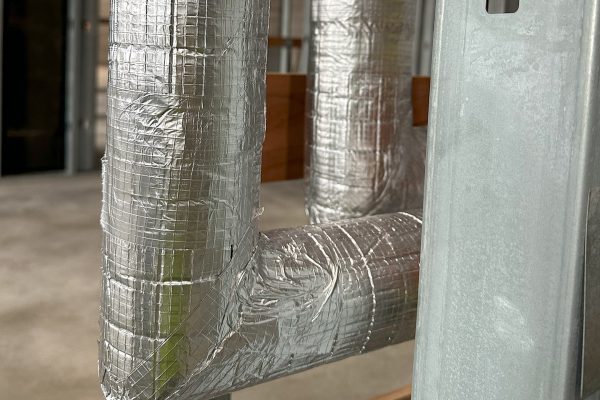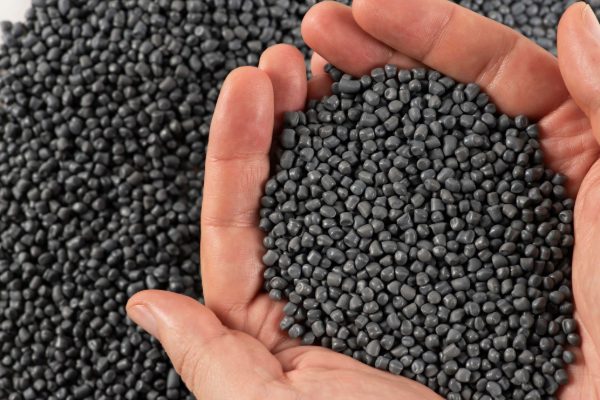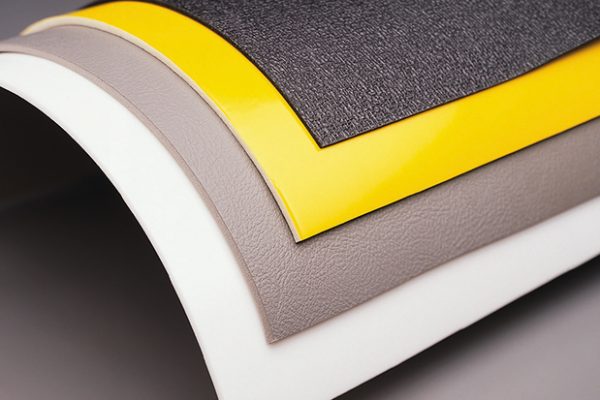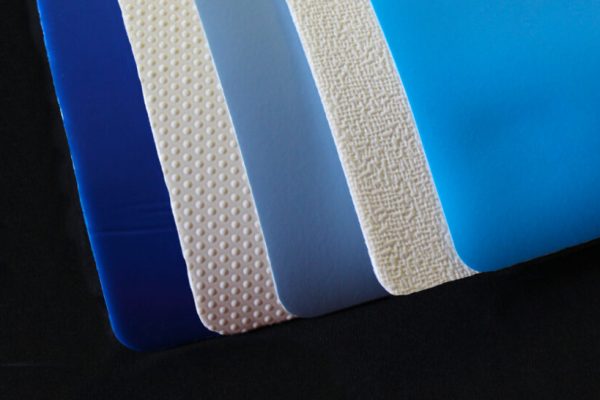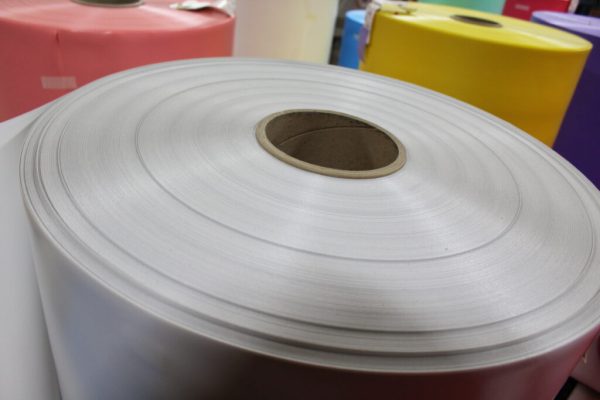Volara Blog
Welcome to the SEKISUI Voltek blog!
Here, we open the doors to a world of innovative materials, manufacturing processes, and industry insights. As a leading manufacturer and supplier of closed-cell, physically cross-linked foam products, SEKISUI Voltek offers solutions that add value to various industries and applications, from automotive and aerospace to construction and sports equipment.
Through this blog, we aim to share our knowledge, experience, and expertise in foam technology with our readers. Whether you are an engineer seeking cutting-edge foam solutions, an industry professional wanting to stay up-to-date with the latest trends, or simply curious about the world of foam, we have something for everyone.


